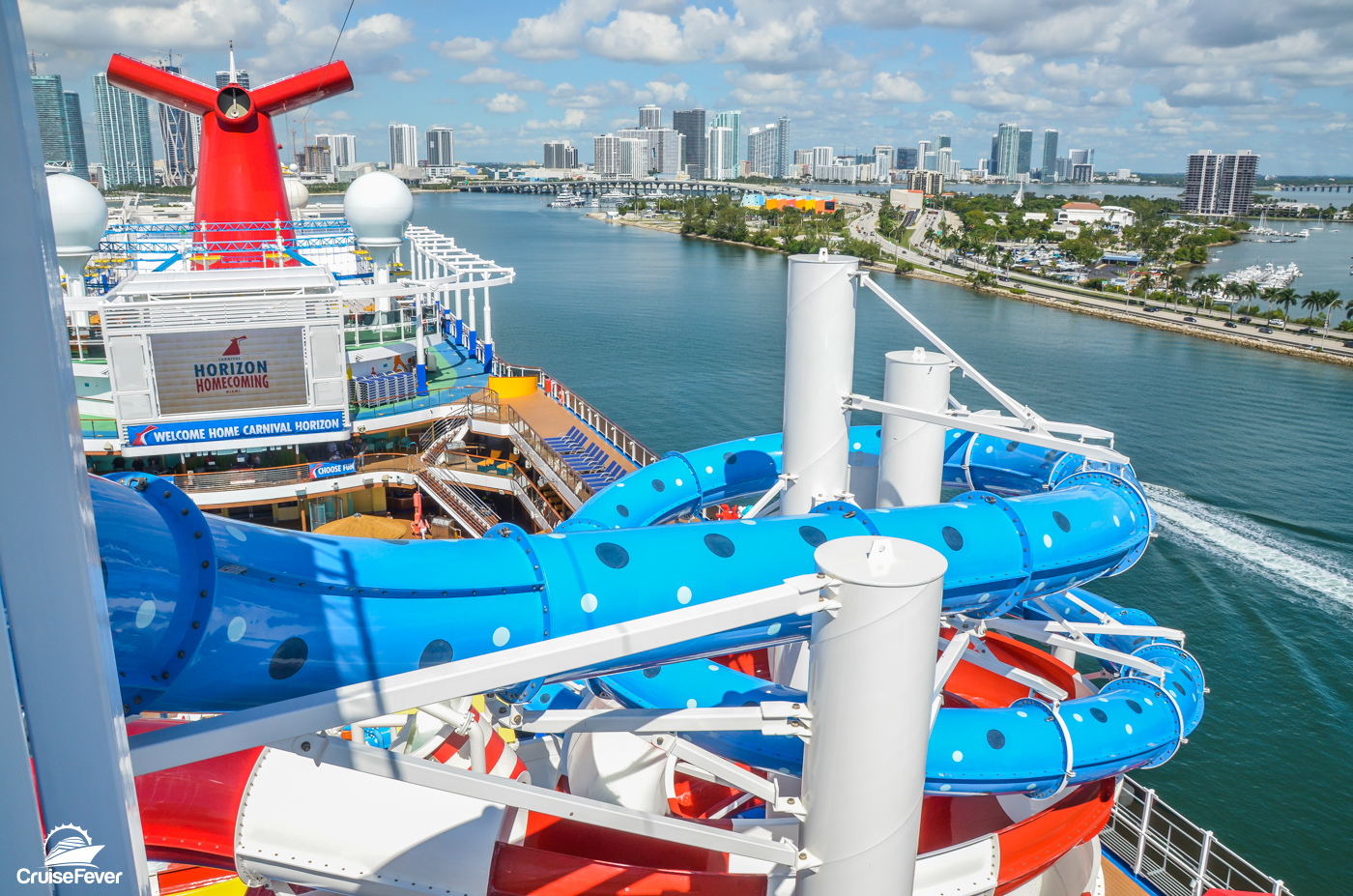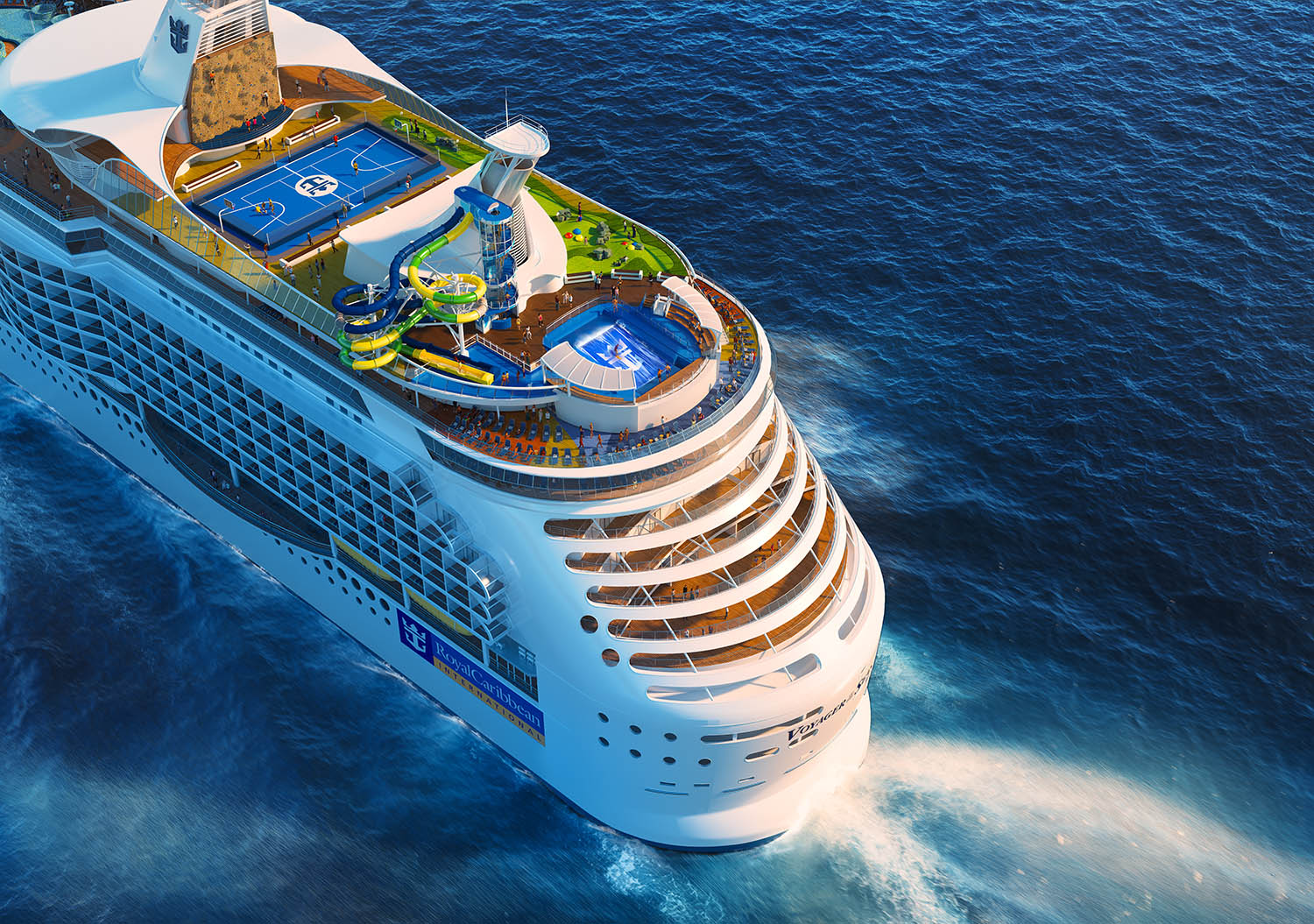Speeding on the Seas: How Fast Do Cruise Ships Go?
Table Of Content
- Number of Passengers
- Speed and Onboard Experiences: The Interplay
- The Bottom Line: It’s Not a Race at Sea
- Cruise Season Underway for Scotland’s Largest Port
- What Is Normal Cruising Speed?
- What is the process for designing and building a new cruise ship?
- Why Can Newer Cruise Ships Go Faster?
- Comparison of Speeds of Different Cruise Ships

One of the main factors that determine the speed of a cruise ship is the power of its engines. Cruise ships are powered by diesel reciprocating engines, which supply the necessary power to turn the propeller shafts that propel the ship through the water. The more horsepower the engines have, the more power they can generate, and the faster the ship can travel. However, it’s important to note that cruise ships don’t always travel at their maximum speed. They often travel at a slower speed to conserve fuel and reduce costs.
Number of Passengers
Another reason cruise ships don’t go faster is to minimize motion and sea sickness and ensure passengers have a smooth journey. While they want passengers to feel like they’re on a cruise ship, it’s also nice to be so comfortable that they forget they’re on a cruise ship. Thirty knots is fast for a ship, and most cruise ships never travel at it. So far, we’ve discussed how fast cruise ships go (on average), as well as how to measure travel speed in knots.
Do cruise ships have Wi-Fi? A line-by-line guide to internet access at sea - The Points Guy
Do cruise ships have Wi-Fi? A line-by-line guide to internet access at sea.
Posted: Thu, 04 Apr 2024 07:00:00 GMT [source]
Speed and Onboard Experiences: The Interplay
Let’s take a look at three of the fastest cruise ships in the world. For this reason, cruise ships strive to find that sweet spot between a swift cruising speed and maximum fuel efficiency. Similarly, most cruise ships are capable of traveling faster than knots. But unless there’s a compelling reason to do so (such as avoiding severe weather), they’ll rarely travel at top speed. Keep in mind that this is the average speed, not the fastest speed the ship can travel. There are also a number of factors that impact travel speed, but we’ll get to that in a moment.
The Bottom Line: It’s Not a Race at Sea
When it comes to the speed of cruise ships, it’s important to understand that there is a difference between the maximum speed and the average cruising speed. The average cruising speed of a cruise ship typically ranges from 19 to 23 knots, which is about 22 to 26 miles per hour. However, this is just an average and can vary depending on various factors.
Cruise Season Underway for Scotland’s Largest Port
This incredible speed allows Cunard to offer 7 day transatlantic cruises between Southampton and New York on Queen Mary 2. No other vessel this size can cross the Atlantic as fast as Queen Mary 2. Ultimately, the speed at which a cruise ship travels contributes to the overall enjoyment and fulfillment of your cruise vacation. Slow-speed cruise ships provide a counterpoint to the fast-paced world we often find ourselves in. They appeal to those seeking a slower, more leisurely pace, allowing them to savor every moment of their cruise vacation. This type of cruising is particularly popular for scenic coastal journeys, such as Alaska cruises or river cruises.
This device was used on older ships and submarines for communication between Navigation Bridge and Engine Room, where crew powered the vessel at certain (fixed) speeds. The maximum speed for most modern vessels is about 30 knots or 34.5 mph, but just because they can glide along that fast doesn't mean they actually do, or at least not all the time. But just because these cruise ships CAN travel that fast doesn’t mean they ever do. Usually the cruising speed of one of these massive ships is around knots. ” you have to consider that these ships aren’t out there racing each other.
If a cruise ship traveled with “the pedal to the medal” it would not only give the passengers a rough sailing, but it would also use much more fuel than necessary. Factors such as ship size, engine power, weather conditions, route and distance, and regulatory restrictions all play a role in determining the speed at which a cruise ship operates. As we look to the future, the speed of cruise ships will continue to evolve. The development of new propulsion technologies, the use of alternative, more efficient fuels, and further innovations in hull design could lead to higher cruise ship speeds.

Why Can Newer Cruise Ships Go Faster?
Cruising is part of the experience — not just a means to get where you’re going. The word “knot” traces back the 1600s when seafarers used an instrument called a chip log to determine the speed of their vessel. A log consisted of rope with uniformly set knots attached to a piece of wood. The device would float behind the vessel and release the rope as the boat advanced. After a specific time passed, sailors brought the rope back in and counted the knots between the boat and the wood.
The world's second-fastest cruise ship is MS Voyager (last named Costa Voyager), now owned and operated by a Chinese company. Most cruise ships sail around 20 knots per nautical mile, which translates to 23 miles per hour on land. However, anywhere between 18 and 22 knots would be considered a typical speed for a cruise ship. Most ships sail at a comfortable cruising speed for the majority of one sailing. The speed of your cruise ship varies greatly depending on the ship’s size and engine power. The cruising speed is often decided considering the ship's fuel consumption as well.
But in the end, the average cruise ship speed doesn’t matter much, as long as the ship makes it to its next scheduled port on time and the captain keeps passenger comfort in mind. In reality, how fast cruise ships go has little to do with the time of day and more to do with fuel efficiency, weather, the ship’s schedule, and passenger comfort. The speed of cruise ships is measured in knots (Kn), 1 knot is 1 nautical mile per hour. Cruise help - for the "normal" speed values, multiply knots by 1,15 (mph), or 1,852 (kph).
When referring to the speed of vessels, including cruise ships, the term used is 'knots,' with one knot being equivalent to one nautical mile per hour. Innovations in hull design and propulsion systems have reduced friction, increasing newer cruise ships’ speed. This benefits passengers by getting them to their destinations faster, providing more time to explore and experience the freedom of the open sea. All of this allows ocean liners to navigate open waters more efficiently than cruise ships. So, an ocean liner’s cruising speed and top speed will always be greater than the speed cruise ships sail. It has an average speed of 28.5 knots but a maximum speed of 30 knots.
Additionally, cruise lines may adjust speeds to accommodate various operational considerations such as fuel efficiency, scheduling, and passenger comfort. Disney Cruise ships have been known to exceed 20 knots but this has not always been true. However, after being refurbished, its maximum speed increased to 19 knots. Today, the Disney Wonder is one of the fastest cruise ships in the fleet.
By the 17th century, the practice evolved to include a length of rope with knots tied at regular intervals. Sailors would toss the rope into the water and count the number of knots that drifted past the ship’s stern in a given amount of time. It might not be operational, but its previous accolades make it the fastest passenger vessel currently afloat. What started as a yearly vacation with family quickly turned into a passion for travel, cruising and adventure. She even studied abroad on Semester at Sea, sailing the world on a ship while taking courses for college and visiting 4 continents.
It’s about harnessing the power of modern vessels and also ensuring smooth sailing with an emphasis on comfort and efficiency. Now, you might be asking, “Why don’t cruise ships just crank up the speed and zip us straight to paradise? As for our friends at Norwegian Cruise Line, they are typically cruising at a maximum speed of around 24 knots. It’s not really about going fast, but more about a relaxing journey on the ocean.
As you plan your next cruise, it’s essential to consider the ship’s speed and how it may affect your itinerary. For example, if you’re visiting Mexico’s top cruise ports, a faster ship may allow you to spend more time exploring each destination. By gaining insights into these aspects, you’ll be better equipped to choose the right cruise for your preferences and make the most of your time at sea. A cruise ship can typically reach a speed of around 30 knots, about two to three knots higher than its cruising speed, but it’s not likely to go that fast.

Comments
Post a Comment